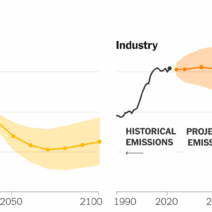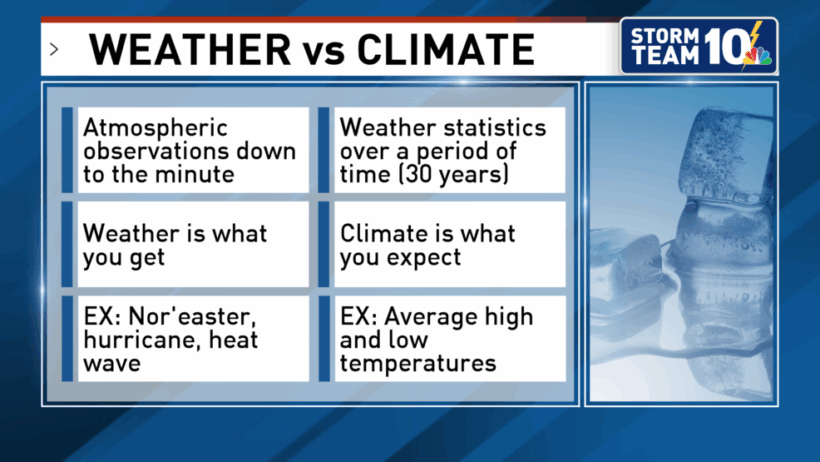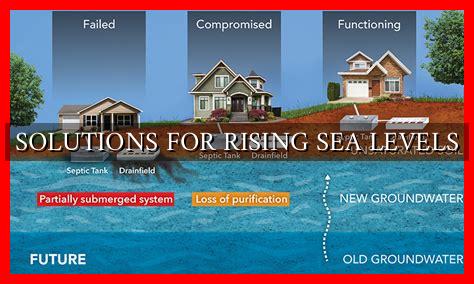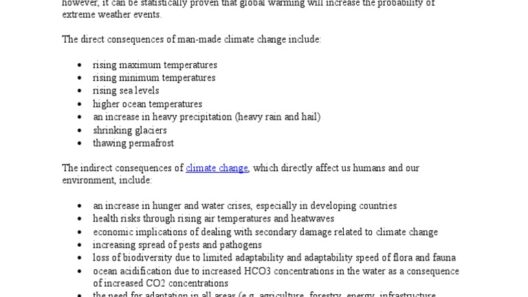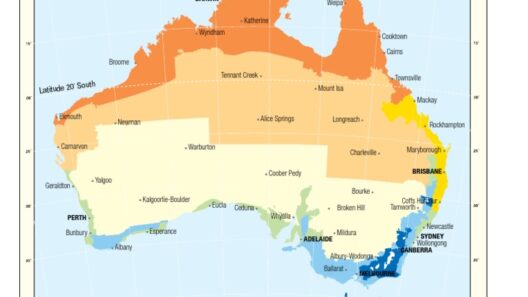Understanding the concepts of weather and climate is essential for grasping the dynamics of our planet’s atmospheric systems. As environmental changes accelerate globally, this knowledge becomes increasingly pertinent. Although often used interchangeably in casual conversation, these terms signify distinct phenomena with unique implications for both our everyday lives and the long-term health of our environment.
The interplay of weather and climate has profound influences on agriculture, ecology, and even urban planning. Thus, recognizing their differences—and knowing how to communicate this clearly—becomes vital in addressing public concerns related to climate change, environmental sustainability, and preparedness for extreme weather events.
The terms “weather” and “climate” encompass a range of atmospheric attributes, each contributing to how we experience our environment. Understanding the intricacies of these attributes can bolster public awareness and engagement in tackling pressing ecological challenges.
The Essence of Weather
Weather describes the short-term atmospheric conditions in a specific place at a specific time. It captures various factors including temperature, humidity, precipitation, wind speed, and cloud cover. Weather can change rapidly—sometimes within minutes—creating a dynamic interplay of forces that affect our daily lives.
Encompassing phenomena such as thunderstorms, snowstorms, and sunny afternoons, weather is essentially what you experience each day when you step outside. It’s the subject of countless conversations, from casual small talk to serious discussions about severe weather preparedness.
To illustrate, consider the example of a summer day: bright and warm temperatures may encourage outdoor activities. However, the forecast may predict a sudden thunderstorm later in the evening. This variability typifies weather’s ephemeral nature and its capacity to shape daily decisions.
Weather forecasts, bolstered by meteorological models, assist in anticipating these changes. Innovative technologies, including radar and satellite systems, help track atmospheric patterns and facilitate timely warnings about extreme weather events. Understanding what weather encompasses propels people to become more prepared for these fluctuations, fueling public discourse on disaster readiness and local climate initiatives.
Defining Climate
In contrast, climate represents the long-term average of weather patterns observed in a particular region over extended periods—typically 30 years or more. While weather is a snapshot, climate provides a comprehensive portrait. It embodies the seasonal variations, trends, and anomalies, defining what is “normal” for specific locales over extended timescales.
For example, a region may exhibit a Mediterranean climate characterized by hot, dry summers and mild, wet winters. While day-to-day weather may fluctuate dramatically, understanding this climate classification allows for predictable agricultural practices, infrastructural development, and seasonal preparations.
Climate encompasses global phenomena such as El Niño and La Niña, which influence rainfall distribution and temperatures worldwide. These shifts can result in droughts in some areas while causing severe storms in others. A keen understanding of climate, therefore, influences policies related to water management, agriculture, and disaster mitigation strategies, embodying the need for adaptive measures as climate change accelerates.
Weather vs. Climate: Key Differences
Recognizing the distinct characteristics between weather and climate is fundamental to informed environmental discussion. Here are the main differences:
Timeframe
Weather is concerned with immediate conditions and short-term forecasts. It can change from hour to hour. Climate, on the other hand, is concerned with long-term averages. It provides insights about trends and shifts occurring over decades.
Predictability
Weather predictions are less reliable over long durations due to its variable nature. Meteorologists utilize different models to provide forecasts that are often most accurate within a timeframe of roughly a week. Climate predictions, however, can be mapped and modeled more effectively, enabling projections about future climate scenarios based on established data.
Implications for Society
The understanding of weather primarily affects immediate concerns such as daily activities, travel plans, and emergency preparations. Climate understanding resonates on a broader scale; it speaks to global issues such as agricultural productivity, resource management, and environmental policy. The consequences of climate change pose significant challenges that necessitate a collective commitment to sustainable practices across all levels of society.
The Relevance of Awareness
In an era defined by climate upheaval, cultivating awareness concerning the differences between weather and climate is paramount. Climate change exacerbates extreme weather events, increasing the intensity and frequency of hurricanes, floods, and heatwaves. Understanding these distinctions enables individuals to comprehend that while they may experience variations in daily weather, the underlying climate is altering in ways that could have dire implications for future generations.
Communication about weather versus climate, therefore, is not merely academic; it is crucial for fostering resilience against the inevitable changes we face. Public education campaigns, community discussions, and scientific research all play pivotal roles in this regard.
As the discourse around climate change evolves, promoting clear understanding about weather and climate becomes a cornerstone of advocacy. By dismantling misconceptions and elucidating these concepts, society can take actionable steps toward sustainable practices and collective measures aimed at combating climate change impacts.
In conclusion, distinguishing weather from climate is not merely a matter of semantics; it encompasses fundamental insights into our atmospheric interactions. By fostering this understanding, we enhance our capacity to navigate the complexities of environmental change and advocate for a more sustainable and informed future.
